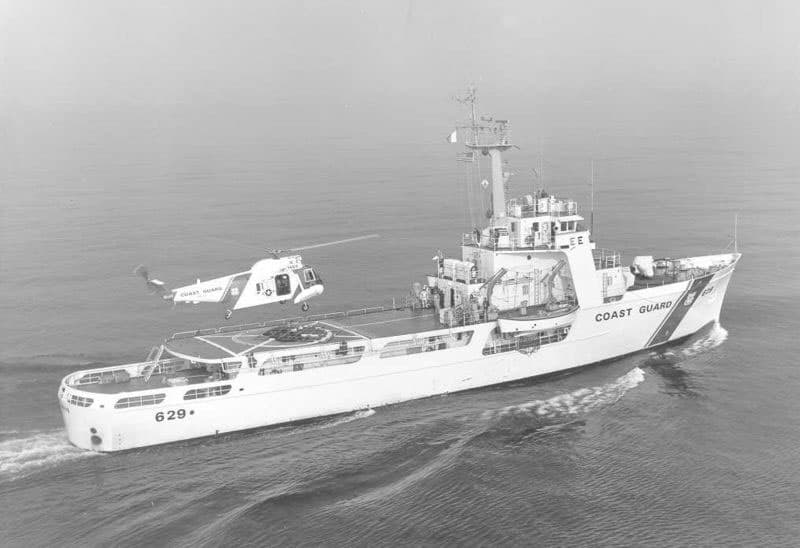
In response to a growing drug problem, Congress passed the Controlled Substance Act of 1970. It replaced more than 50 pieces of drug legislation and is the legal foundation for government anti-drug operations. It went into effect on May 1, 1971 and was enforced by the Bureau of Narcotics and Dangerous Drugs (BNDD) which operated within the Department of Justice. There were, however, other agencies also responsible for enforcing drug laws and due to the lack of coordination and perceived lack of cooperation between the BNND and the U.S. Customs Service. President Richard Nixon proposed a reorganization plan. The plan was passed by Congress in 1973 creating a single federal agency, the Drug Enforcement Administration (DEA) to consolidate and coordinate the government’s drug control activities. Additionally an intelligence section was established.
Drugs were being smuggled in by air. Some of the aircraft were utilized for one way trips at small out-of-the-way airports. Drugs were also smuggled in by surface vessel. The type used was transitioning from recreational yachts and sailboats to the typical small rusty Caribbean freighter which would off load to small boats which would dash for shore. The previous policy had been to apprehend the smuggler as they delivered their illegal drugs. This was changed to a policy of interdiction of the drug-runner prior to reaching the shore. The Custom service had a fleet of confiscated aircraft and initially handled the air-interdiction but neither the former BNDD nor the Customs Service had a navy. Although the U.S. Coast Guard had been transferred from the Treasury Department to the Department of Transportation it still retained the responsibility for maritime law enforcement. The Coast Guard had the maritime assets and its participation was requested.
In the beginning there was very little hard intelligence. The Coast Guard operated by placing cutters on patrol in the obvious choke points in the transit from Colombia to the United States. Periodically an HU-16 was launched specifically to look for a ‘Hot” vessel but most missions were surveillance covering coastal waters, the high seas and the island areas for caches and vessels that fit the profile.
In the summer of 1974 “Operation Buccaneer” took place. This was a joint surveillance and interdiction effort involving the Coast Guard, Customs Service, and the Drug Enforcement Agency. It was designed to blockade the Windward Passage between Cuba and Haiti, thereby denying drug smugglers their preferred route northward from Jamaica and Colombia to the Bahamas and then to the south east coast of Florida. Helicopters had deployed on the 210 foot cutters previously but not to the extent that was about to take place. Operation Buccaneer yielded an ambitious quantum leap in force projection for the Coast Guard. Ships and aircraft from other districts augmented Seventh Coast Guard District resources. Fixed wing assets were in the air constantly and helicopters leap-froged from ship to ship, providing highly reliable surveillance information in the excellent prevailing weather.
Experience gained from this operation was used with improved interdiction planning. The Coast Guard made a presentation on the how and what the Coast Guard could do. These efforts were integrated with efforts of the Customs service and the DEA. Methods of communication and operations were established and some joint night barrier patrols were conducted between the Bahamas and the U.S. coastline. The 82 footers were put on patrol and drug seizures increased substantially.
From these modest beginnings, the Coast Guard dramatically increased its involvement. Interdiction efforts moved from the mainland shoreline to “choke-points” in the transit zone where ships smuggling marijuana had to pass through to reach the distribution points. From this the STEEL WEB concept was developed. STEEL WEB is the Coast Guards multiyear campaign to position requisite interdiction forces where they best counter the ever evolving narco-trafficking threats. The strategic concept is to deny drug smugglers access to maritime routes by a sequence of operations in which interdiction forces are concentrated in high threat areas of the Caribbean and eastern Pacific and significantly disrupt drug traffic. These operations are referred to as pulse operations and once completed an enhanced presence to deter and interdict subsequent smuggling is established and the interdiction forces are redeployed to other high threat areas.
Coast Guard aviation involvement continued to increase. Helicopters continued to deploy on the ships and new Coast Guard jet aircraft were equipped with fighter-type interceptor radar and infrared sensors to locate, identify, and track suspected aircraft. The Coast guard increasingly took over the responsibility of air-interdiction.
The 7th District Command Center became the center of gravity for counter-drug efforts in the Southeastern United States and the Caribbean.

